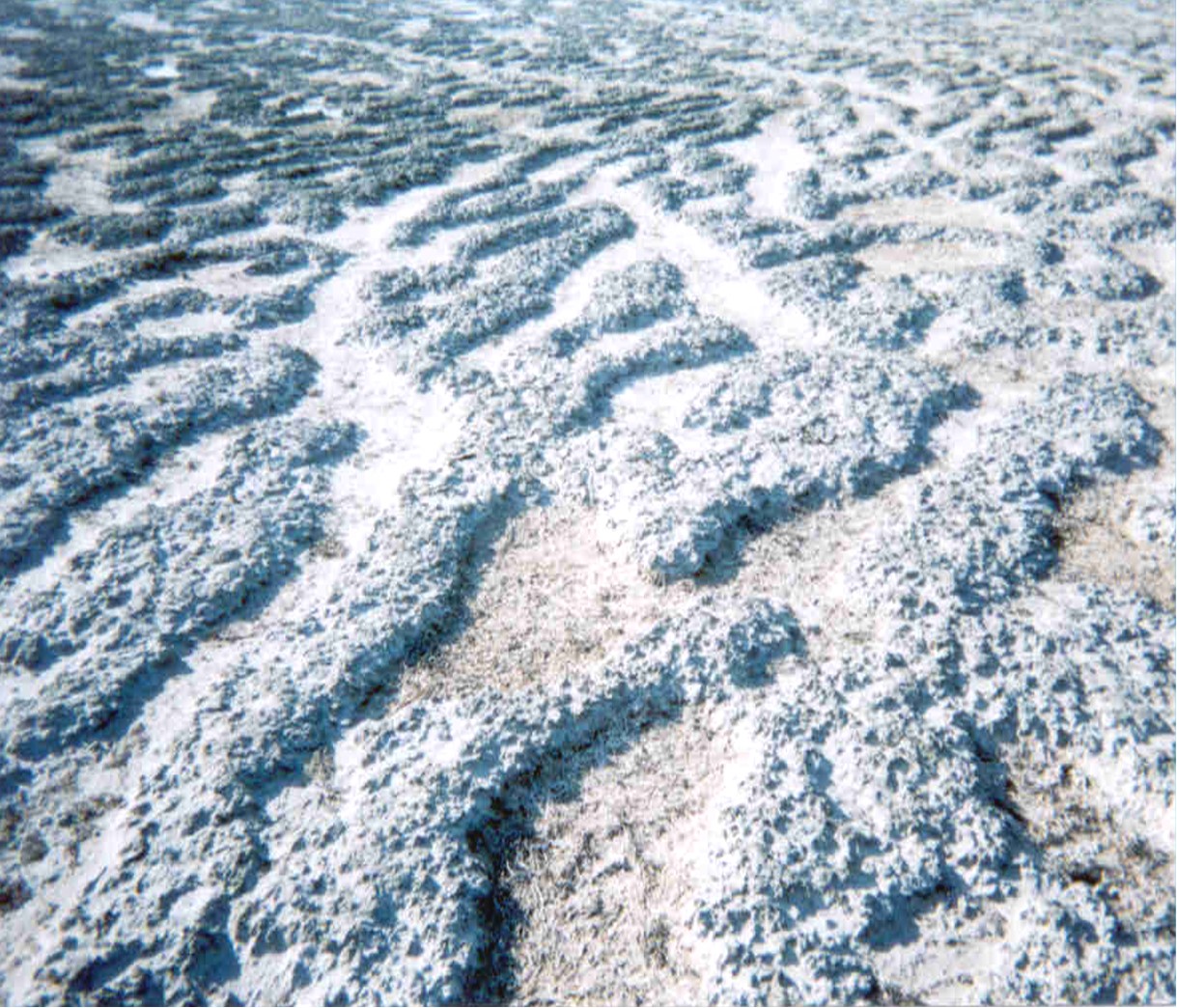Raeid ABED (Oman): Hypersaline microbial mats are dense microbial ecosystems capable of performing complete element cycling. They are considered analogs of Early Earth and hypothetical extraterrestrial ecosystems. We studied the func-tionality and limits of key biogeochemical processes, such as photosynthesis, aerobic respiration, and sulfur cycling in salt crust-covered microbial mats from a tidal flat at the coast of Oman. We measured light, oxy-gen, and sulfide microprofiles as well as sulfate-reduction rates at salt saturation and in flood conditions and determined fine-scale stratification of pigments, biomass, and microbial taxa in the resident microbial com-munity. The salt crust did not protect the mats against irradiation or evaporation. Although some oxygen pro-duction was measurable at salinity ≤ 30% (w/v) in situ, at saturation-level salinity (40%), oxygenic photosyn-thesis was completely inhibited and only resumed two days after reducing the pore water salinity to 12%. Aerobic respiration and active sulfur cycling occurred at low rates under salt saturation and increased strong-ly upon salinity reduction. Apart from high relative abundances of Chloroflexi, photoheterotrophic Alphapro-teobacteria, Bacteroidetes, and Archaea, the mat contained a distinct layer harboring filamentous Cyanobac-teria, which is unusual for such high salinities.
Our results show that the diverse microbial community inhabiting this saltflat mat ultimately depends on pe-riodic salt dilution to be self-sustaining and is rather adapted to merely survive salt saturation than to thrive under the salt crust.
